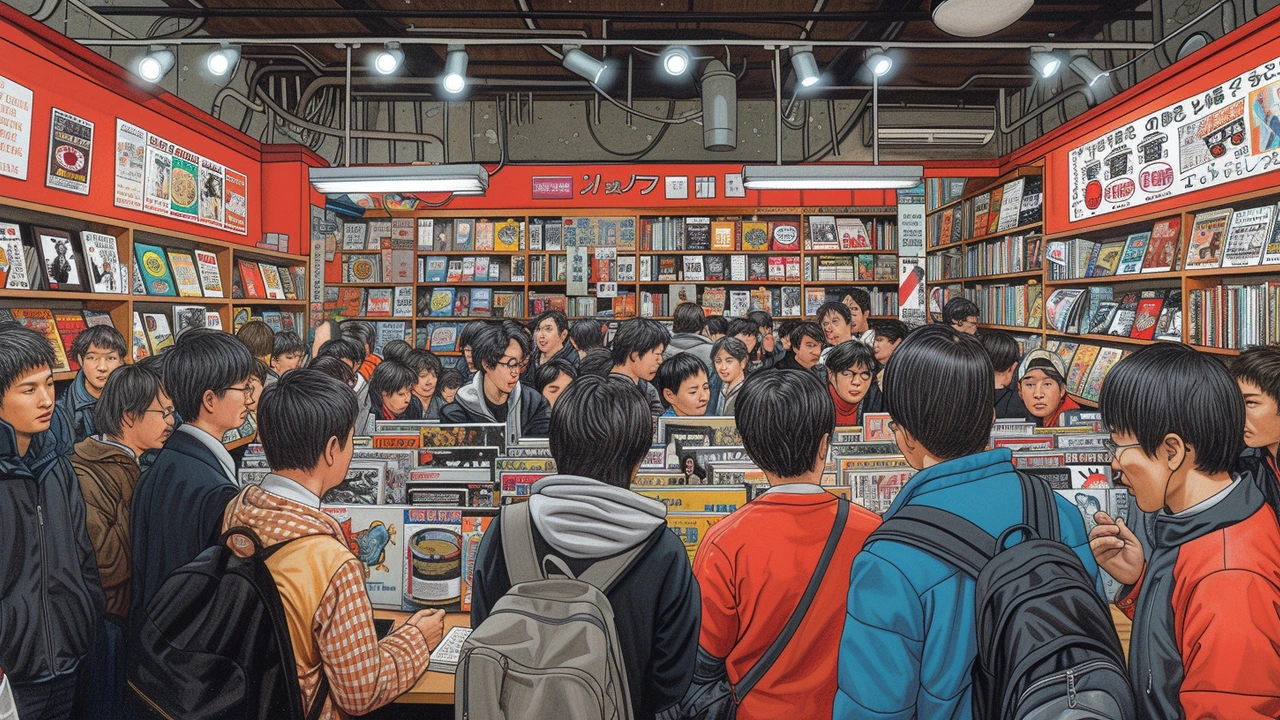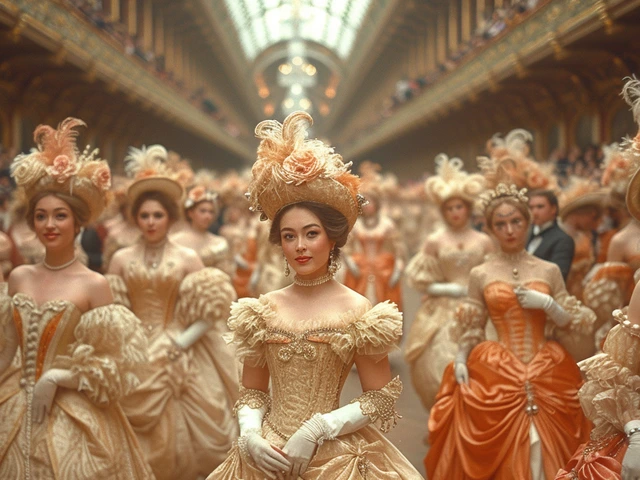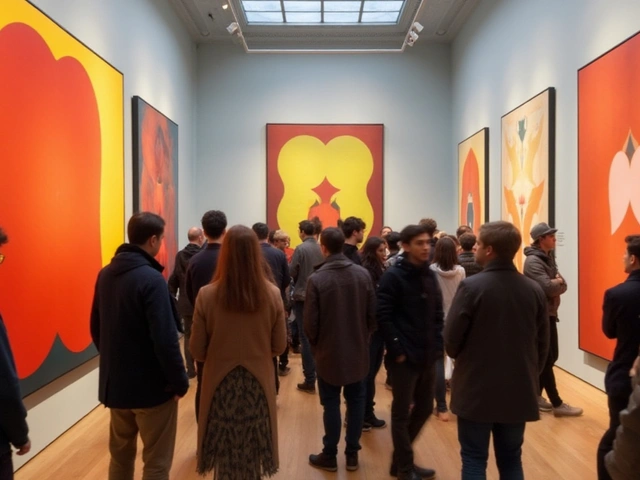Understanding the Birth of Pop Art
When we talk about art expressions, one genre that often gets underestimated is Pop Art. If the walls behind me could talk, they'd probably protest on behalf of Andy Warhol's Campbell soup cans or Roy Lichtenstein's comic strips because Pop Art is fun, it's exciting, it's vibrant! It's all about making a statement, and boy, does it make an impact!
Pop Art arose in the UK and USA during the mid to late 1950s. The movement presented a challenge to traditions of fine art by including imagery from popular and mass culture. How cool is that? Before Pop Art leapt onto the scene, who would have thought a soup can could be a piece of art or that comic trips could be blown up into massive canvases.
Signature Elements of Pop Art
If there was an identity card for Pop Art, it would read bold, colorful, and in your face. Elements from popular culture like advertising, comic books, celebrities, and everyday mundane objects are center stage in this art form. Think about poking fun at a celebrity in a Warhol print or taking an everyday product and blowing it up to epic proportions. That's Pop Art for you - expect the unexpected.
Pop artists used images of popular (as opposed to elitist) culture, embodying the democratic ethos by aligning them artistically with mundane depictions. So next time when you take a walk down the supermarket aisle, you might view those canned foods and detergent boxes in a new light. They can be art too!
Identifying Key Figures in Pop Art
If Pop Art was a Hollywood movie, then Andy Warhol and Roy Lichtenstein would definitely be the leading men. Warhol's iconic Campbell's soup cans and his celebrity portraits, especially of Marilyn Monroe, scream Pop Art. On the other side, there's Roy Lichtenstein, who is famous for his comic strip pop art pieces, with his use of Ben-Day dots to create textures and fill backgrounds, these artworks scream drama and emulate the comic strip aesthetic.
You've got other profound artists too, like Robert Rauschenberg and Jasper Johns, who acted as precursors with their Dada-inspired works. You can't talk about Pop Art without acknowledging James Rosenquist and his billboards derived paintings, or David Hockney with his semi-abstract portraits.
Finding Pop Art in Today's Art and Culture
Pop Art isn’t ancient history, folks. It’s rockin’ and rollin’ in our modern civilization! It has influenced street art, graphic design, and even fashion. Walk around the alleyways of Melbourne, and you'll most likely come across a piece of gleaming modern pop art. Look out for that burst of bold and bright colors - a staple of pop art - it's hard to miss.
Brand logos, kid's T-shirts, movie posters, album covers, they're all splashed with the essence of Pop Art. Even my own kid, Dexter, grooves to the Pop Art vibe. He wore a T-shirt the other day with a rainbow-colored sun and beneath it was a cityscape of Melbourne with the vibrant trams we have crisscrossing the city. I knew instantly it had the Pop Art vibe.
Appreciating Pop Art in the Digital Age
Even the digital world couldn't escape the charismatic grip of Pop Art. There's a particular form of digital art known as vector art, which owes a lot of its aesthetic style to Pop Art. Think about those baggy-eyed cartoons, gripping memes, and attention-grabbing advertisements. Do you find these cool? These digitally manipulated artworks carry on the unusual, bold, and vibrant traits of pop art.
Even sweetheart Anna, my better half who's an absolute old soul at heart, couldn't resist the allure of digital Pop Art. On her phone, she has this app called Prisma that filters photographs into unique artistic expressions, including Pop Art. It's amusing to see Anna and Nina and Dexter transformed into Warhol-esque portraits.
Creating your Own Pop Art
Are you perhaps intrigued by this artistic movement and want to try your hand at creating your own Pop Art masterpiece? Well, that's the spirit! Pop Art is all about flipping the norms and making a distinct painting with common objects or popular culture references. Grab your comics, your cereal box or a selfie and start right away!
But remember, playing with elements of popular culture is more than just painting in a comic book style or replicating a Warhol print. It's about making a statement, creating a narrative or sarcastically commenting on modern culture. It's about going against conventional fine art renditions and making the world appreciate the beauty in the ordinary.
Conclusion: Embrace the Vibrance of Pop Art
Pop Art is more than just an artistic movement; it's an attitude. It’s a blatant middle finger to elitist art norms and an open-armed embrace of pop culture. Pop Art says it doesn’t give two hoots about aristocratic approval; it’s for the people, and it’s of the people. It is as ordinary as a soup can and as extraordinary as mass culture can be.
So next time you walk by a bold, colorful artwork on the street or stumble upon a Warhol print on an Instagram feed or a T-shirt, remember my friend, you've crossed paths with the spectacular universe of Pop Art. Break down its boundaries, revel in its vibrance, and hey, why not create a piece of your own?




